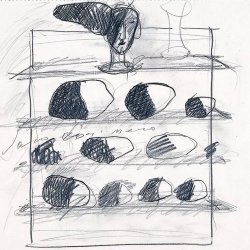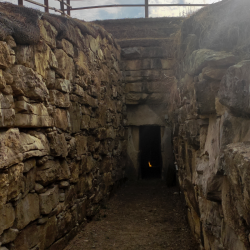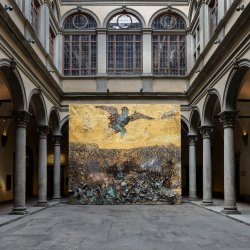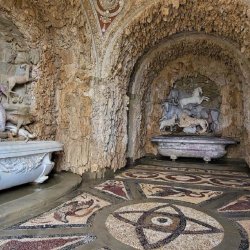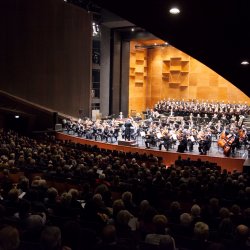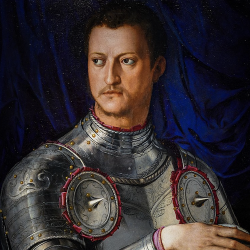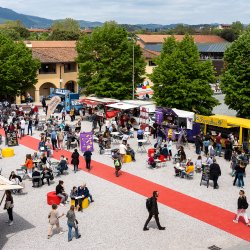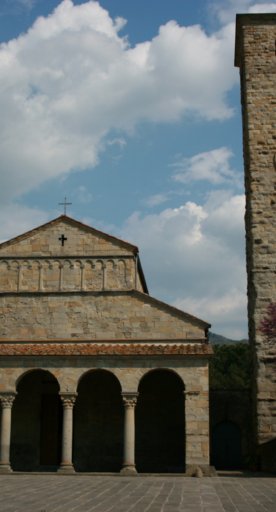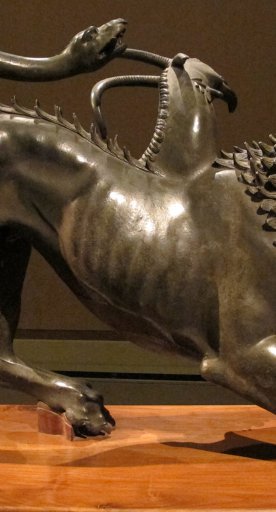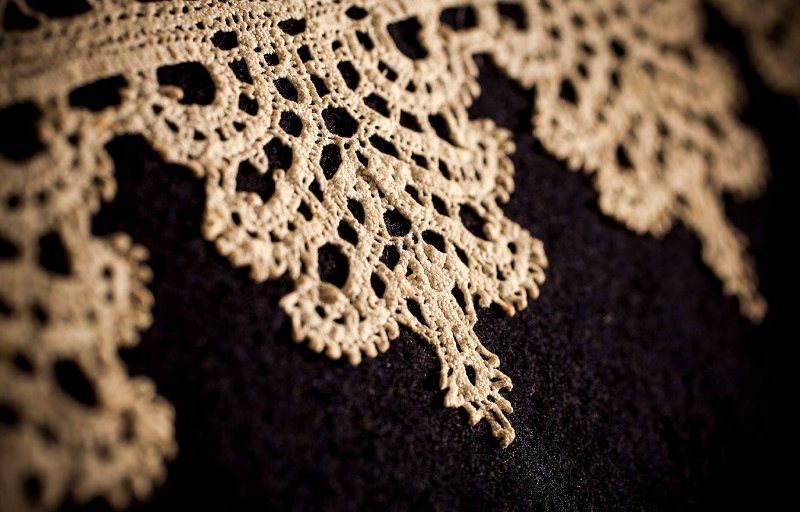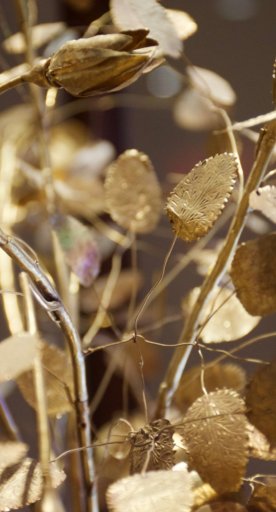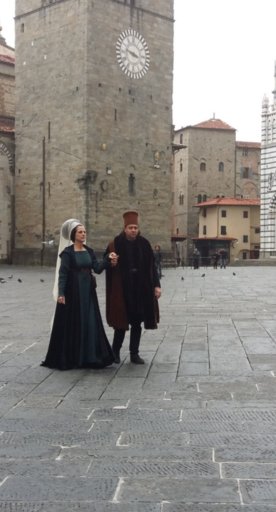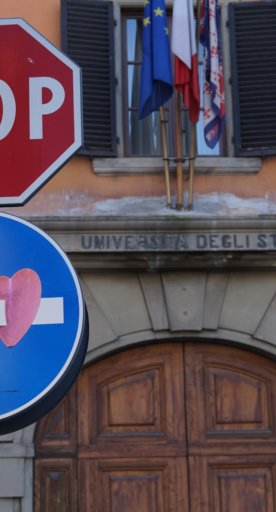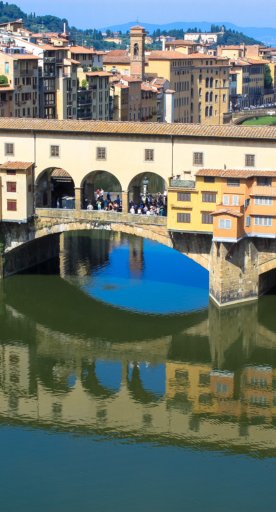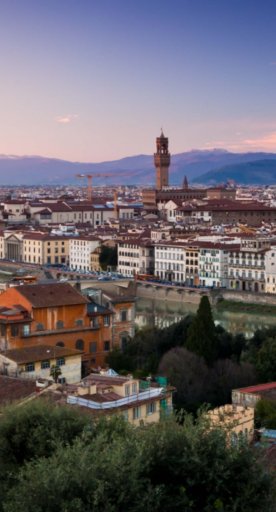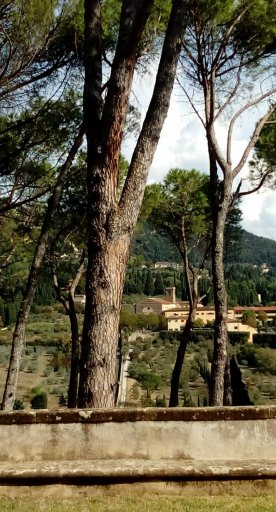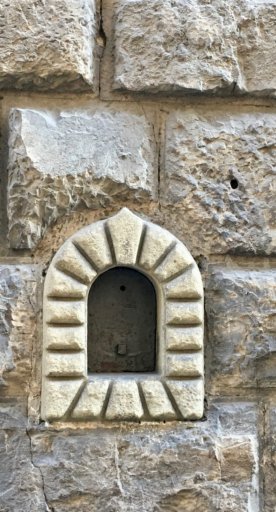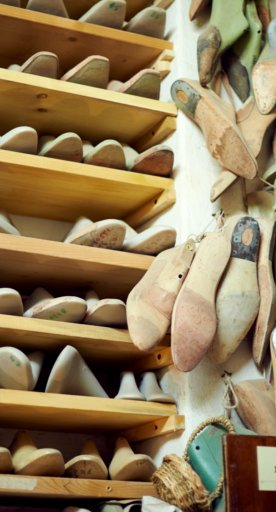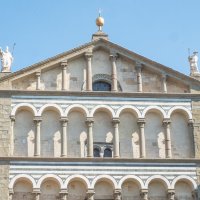

Inclusive Tuscany: museums for all
Special routes for people with cognitive disabilities
In recent years, several projects have sprung up in Tuscany aimed at social inclusion and enabling everyone to access museums and works of art.
These include the Museo per tutti (museum for all) project and the WELCOME (We Encourage Living Collective Open Museums Experiences) project, which target a wide range of audiences through special experiences and visits.
Let’s see together which museums are participating in these two initiatives.
-
1.Museo per tutti
-
2.Welcome Project
Museo per tutti
“Museo per tutti - Accessibile alle persone con disabilità intellettiva” (Museum for all - Accessible to people with intellectual disabilities) guarantees the right of culture to people with intellective disabilities making museums, cultural-historical and natural assets accessible through routes and tools that enrich their educational offer and promote the culture of inclusion.
The supporting tool for this type of visit is an accessible guide that allows the visit to be conducted independently, or with museum staff, individually or in small groups.
The accessible tour and guide are suitable for both children and adults with intellectual disabilities.
Three museums in Tuscany are participating in this project.
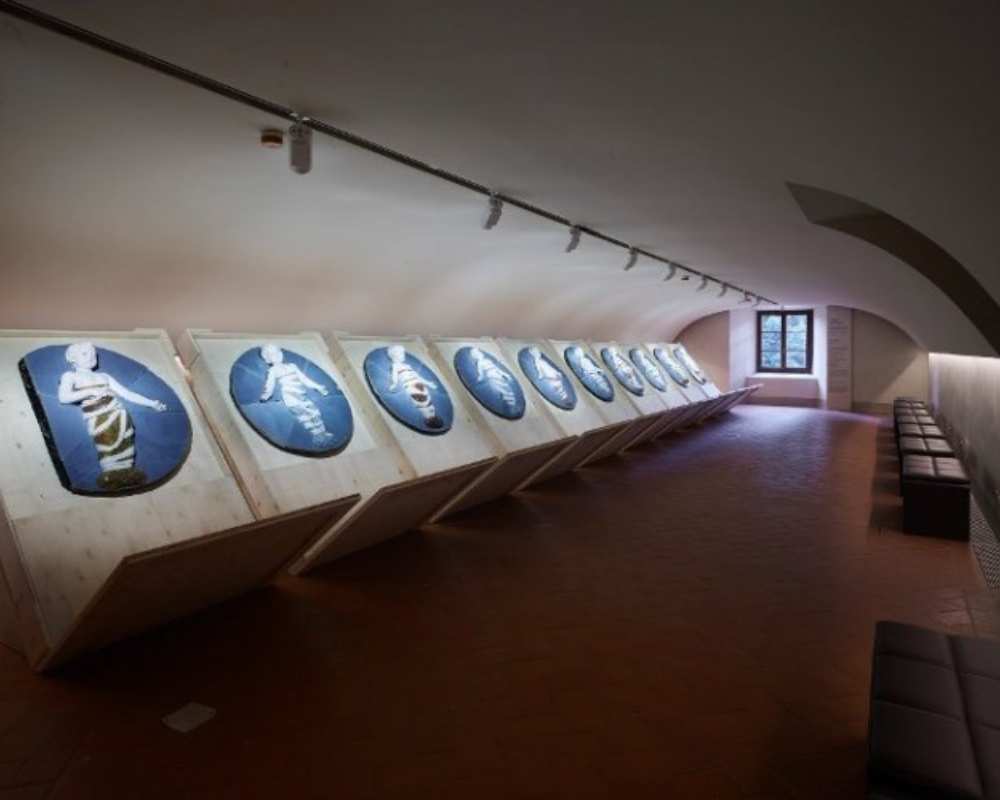
One of the first museums to be included was the Innocenti Museum, located in Florence within the complex designed by Filippo Brunelleschi in the 1400s: the Innocenti Institute was the first institution in the world dedicated exclusively to childcare and was founded as a hospital for the care of abandoned children. Today it is distributed in three visiting routes dedicated respectively to history, architecture and art that guard the Institute's immense history and its complex artistic and monumental heritage.
The Innocenti Museum provides visitors with an accessible guide to facilitate the visit.
For more information, visit the official website.
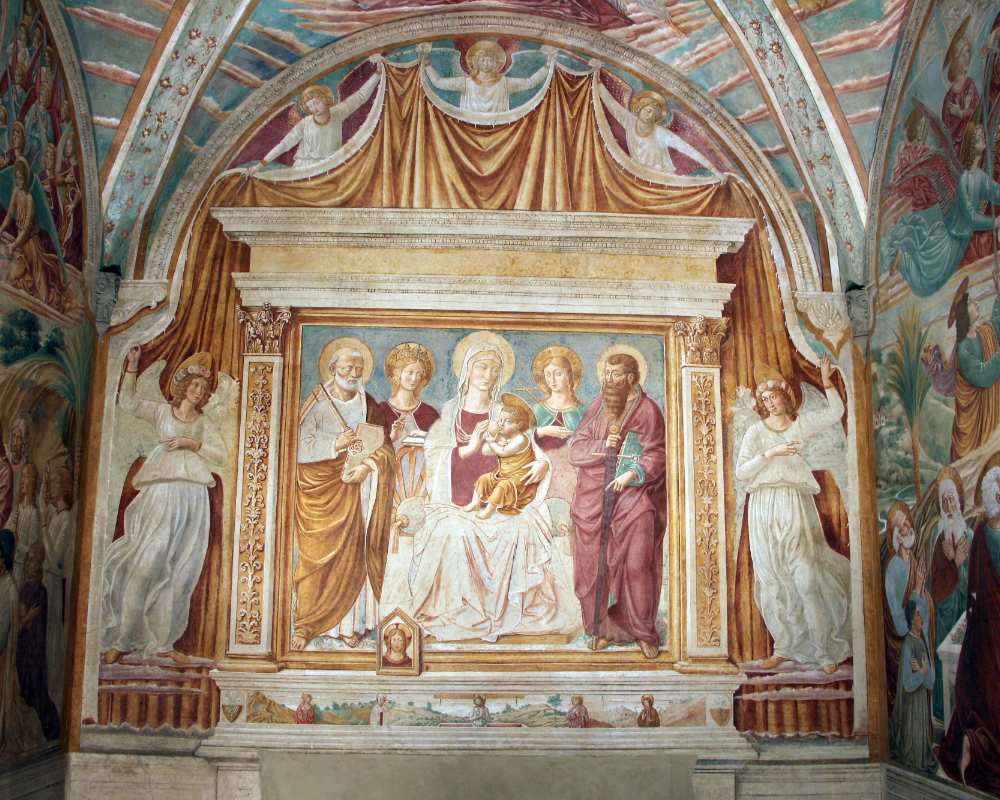
In Castelfiorentino, the Benozzo Gozzoli Museum collects the frescoes and sinopites of two large tabernacles that the artist frescoed in the village in the late 1400s: the Tabernacle of the Madonna of the Cough in 1484 and the Tabernacle of the Visitation in 1491.
The museum is small in size: the space is concentrated in one large room where there are no distractions and perceptual disturbances - such as background noise or overcrowding.
The museum provides visitors with an accessible guide to facilitate their visit; for more information regarding all other accessible routes, visit the official website.
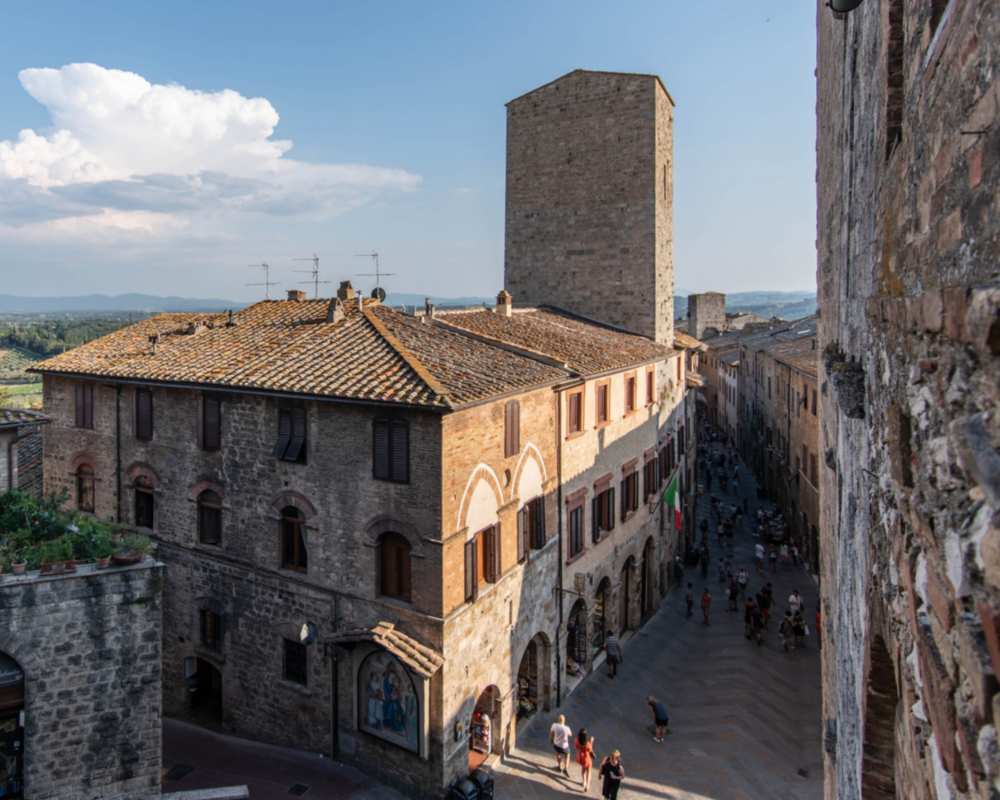
The third museum is in San Gimignano: Campatelli Tower and House is an 18th-century palace that incorporates one of the village's famous medieval towers. It still preserves the original core dating back to the mid-12th century, which consists precisely of the 28-meter-high tower-house of the Pisan model.
The tower is presented as an opportunity to learn about both the area - thanks to an initial film - and the high-ranking home of this family of Florentine entrepreneurs and landowners.
A visit to Campatelli House is a special experience, given its location: the space is divided on several floors and is furnished with original 19th-century furniture. The accessible guide makes it easy to understand the differences between a modern house and an ancient one. For more information, visit the official website.
Welcome Project
The WELCOME (We Encourage Living Collective Open Museums Experiences) project identifies museums as places to welcome the most diverse audiences through experiences, visits and workshops with a view to inclusive space available to all.
Through free guided tours, workshops and dedicated routes, the network's museums are equipped with routes, materials and aids to promote accessibility and enjoyment for people with cognitive impairments, motor and sensory disabilities, the elderly and Alzheimer's patients.
All activities are available by reservation only by directly contacting the museums.
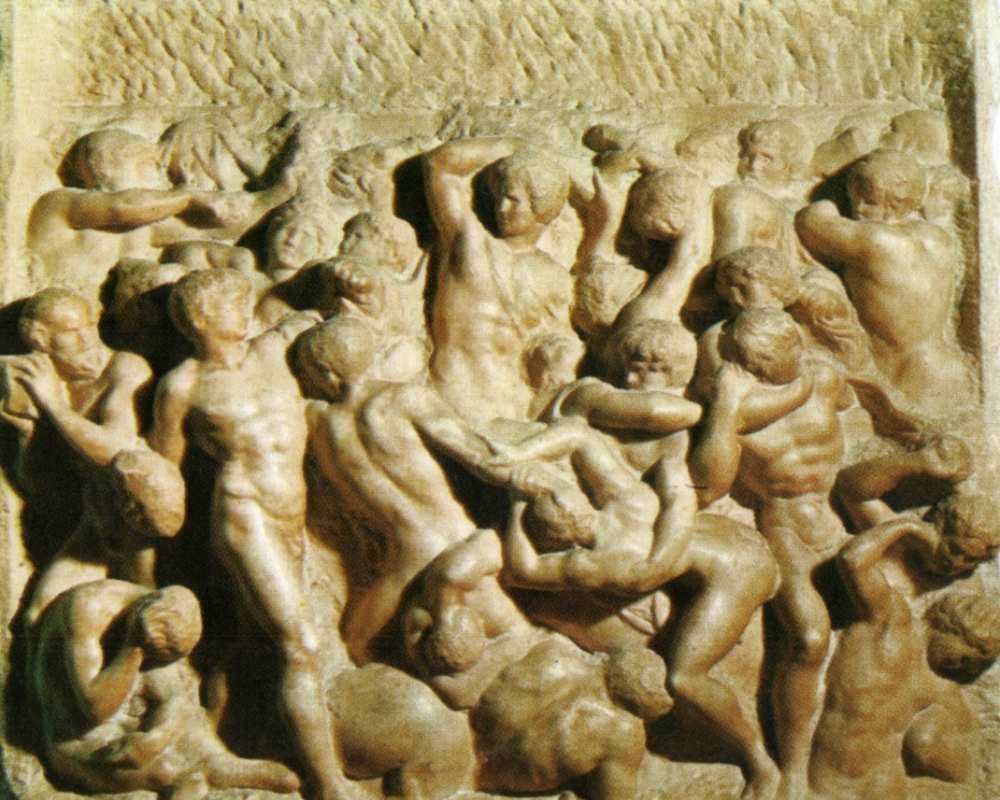
Casa Buonarroti is located in Florence and is the house-museum dedicated to Michelangelo: a place where the genius of the great artist is celebrated, and the family's rich art collections are displayed.
It also features two famous marble reliefs, masterpieces from Michelangelo's very early youth: the Madonna of the Stairs and the Battle of the Centaurs.
Guided tours offer shuttle service, tactile paths and a virtual tour via touchscreen device.
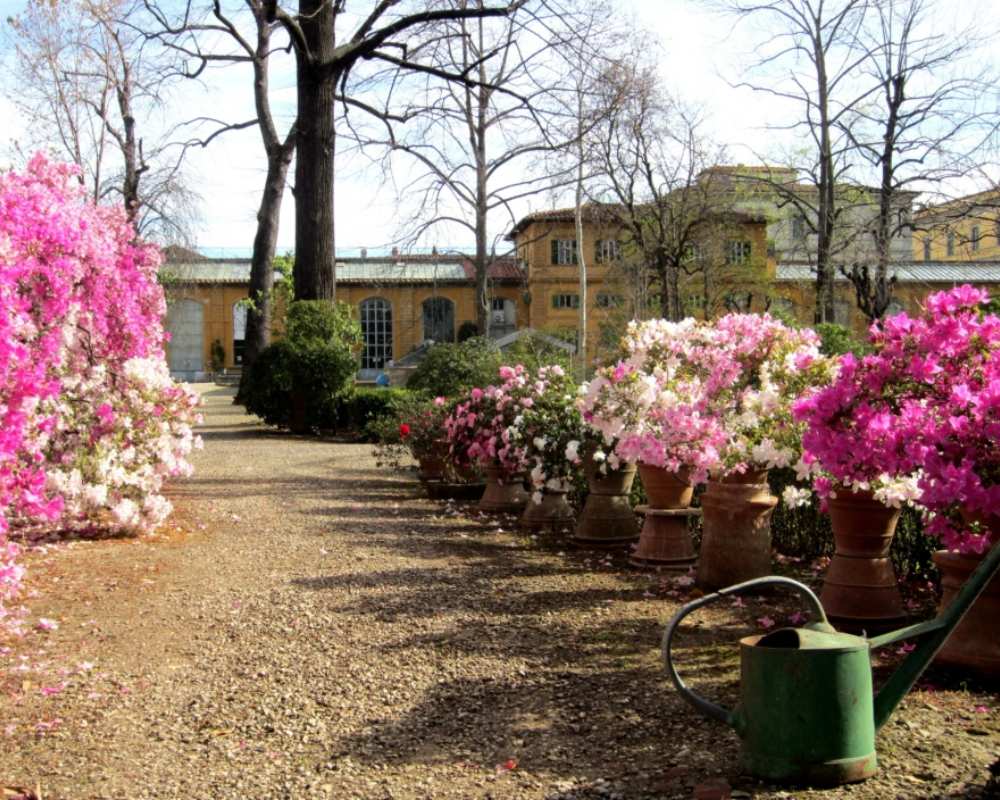
The Florence Athenaeum Museum System offers a wonderful journey between science, nature and art through extraordinarily valuable collections that can be admired in the various places and museums that make up the System: the Museum of Natural History, Villa Galileo (home of the great scientist) and Villa La Quiete (residence of Palatine Electress Anna Maria Luisa de' Medici).
There are tactile paths with Braille and 3D prints, multilingual brochures, workshops for the elderly and Alzheimer's patients, and an electric minicar equipped for visits to the Botanical Garden.
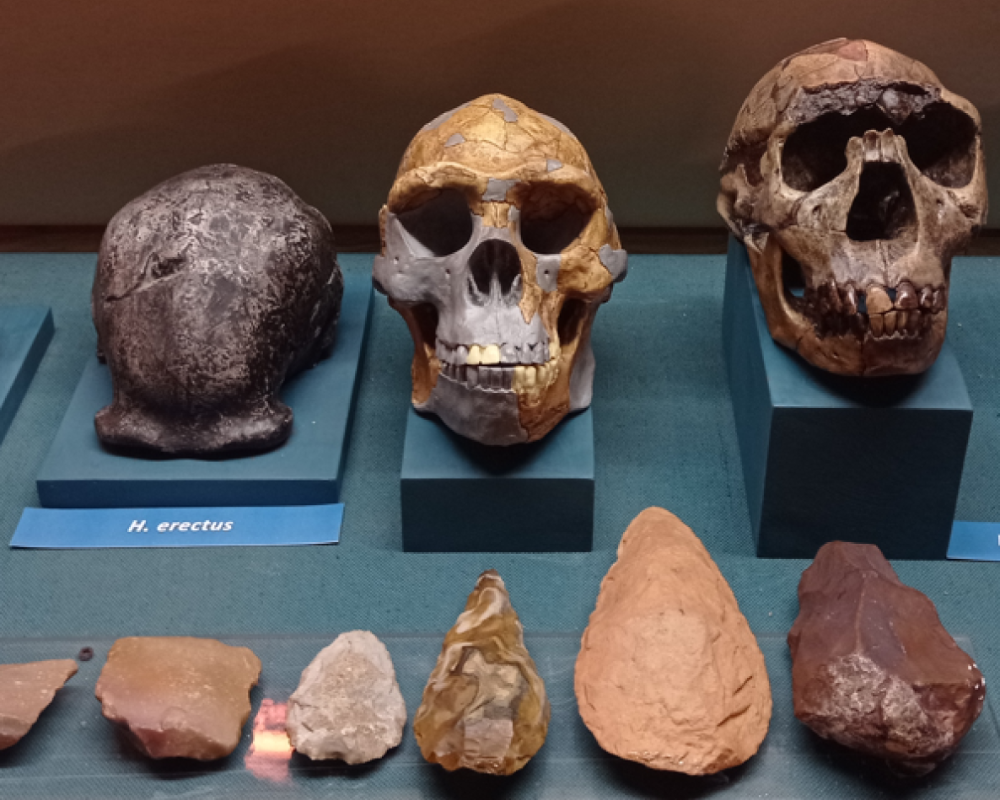
The Florentine Institute of Prehistory is located in Florence in the former Oblate Convent.
The museum preserves artifacts between the Paleolithic and the Metal Age from excavations and research conducted in Italy, Europe and Africa. It is a research center in prehistoric archaeology, a service center for dissemination and education in archaeology through languages accessible to all.
The museum has apps in Italian, room texts in 5 languages, tactile stations with Braille and 3D prints, videos in LIS (Italian Sign Language), tactile tours, guided tours and workshop activities for people with various cognitive impairments and for people with Alzheimer's and autism.
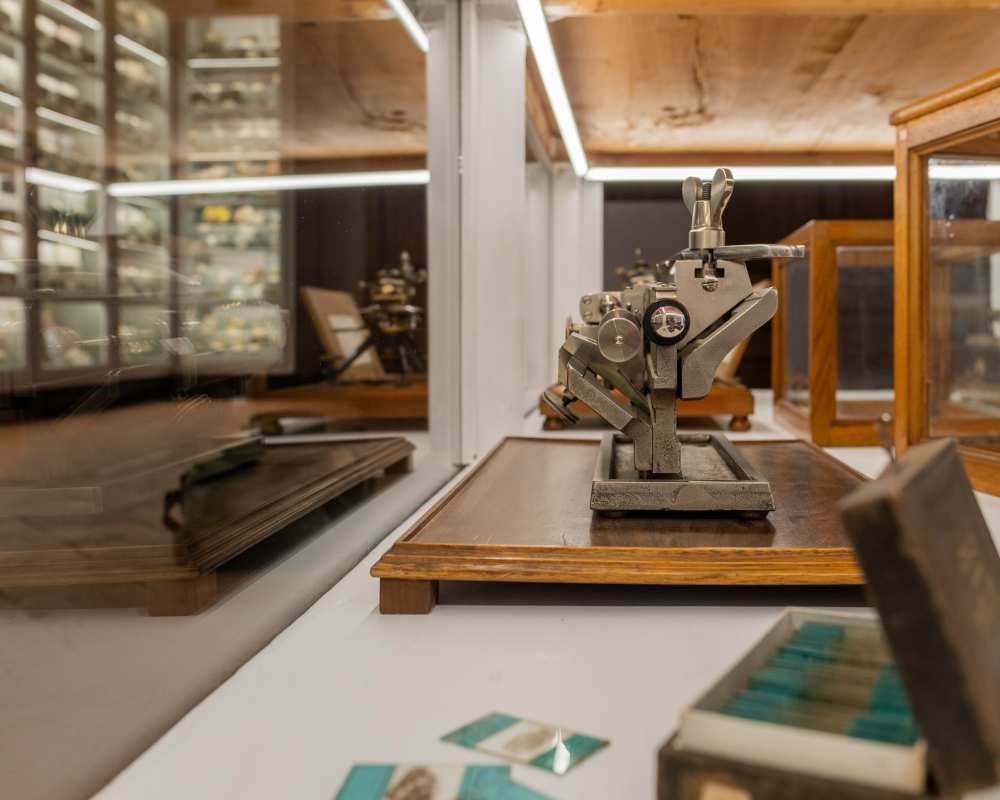
The Science and Technology Foundation Museum is located in downtown Florence and houses thousands of artifacts and an exhibit that documents the evolution of nineteenth-century scientific and educational instrumentation. In addition, the Digital Planetarium allows for an exciting immersive visit into space.
The museum offers accommodations for groups with various motor or cognitive disabilities.
.
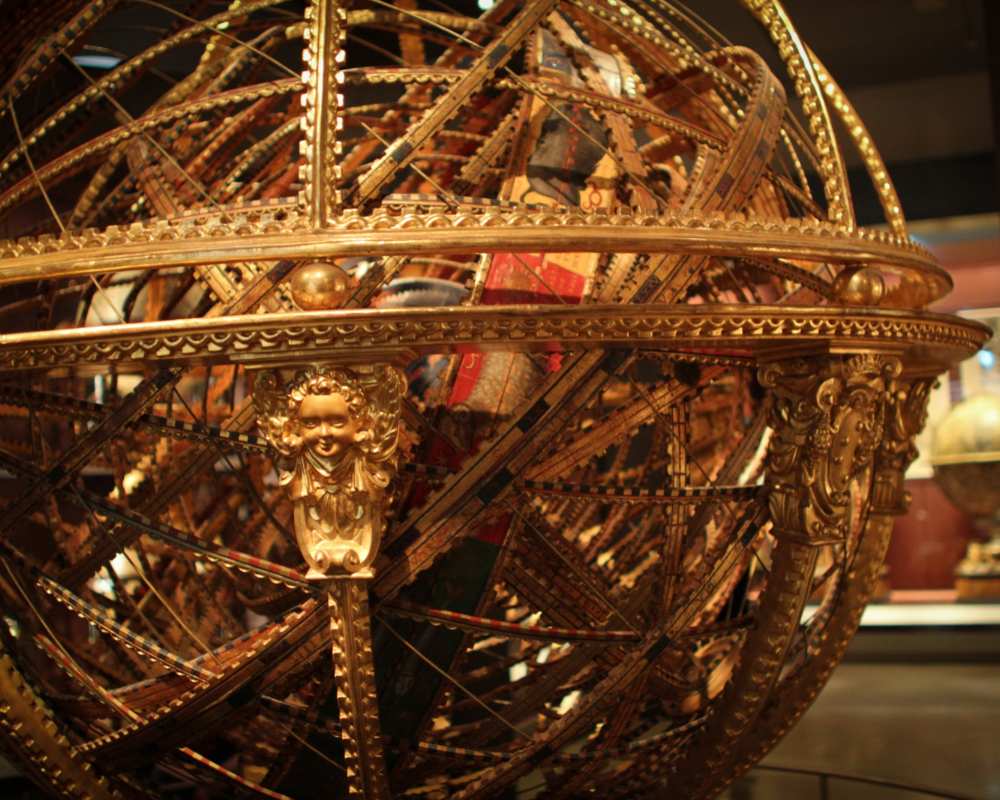
The Galileo Museum in Florence preserves one of the most important collections of scientific instruments and experimental apparatus in the world.
In fact, the exhibition path presents more than a thousand instruments of great scientific relevance as well as exceptional beauty, and centers around the extraordinary figure of Galileo.
It has an app in Italian and English, room texts in 9 languages, tactile path with Braille and low vision captions, Braille and low vision guide in Italian and English, and tours for people with cognitive impairment.
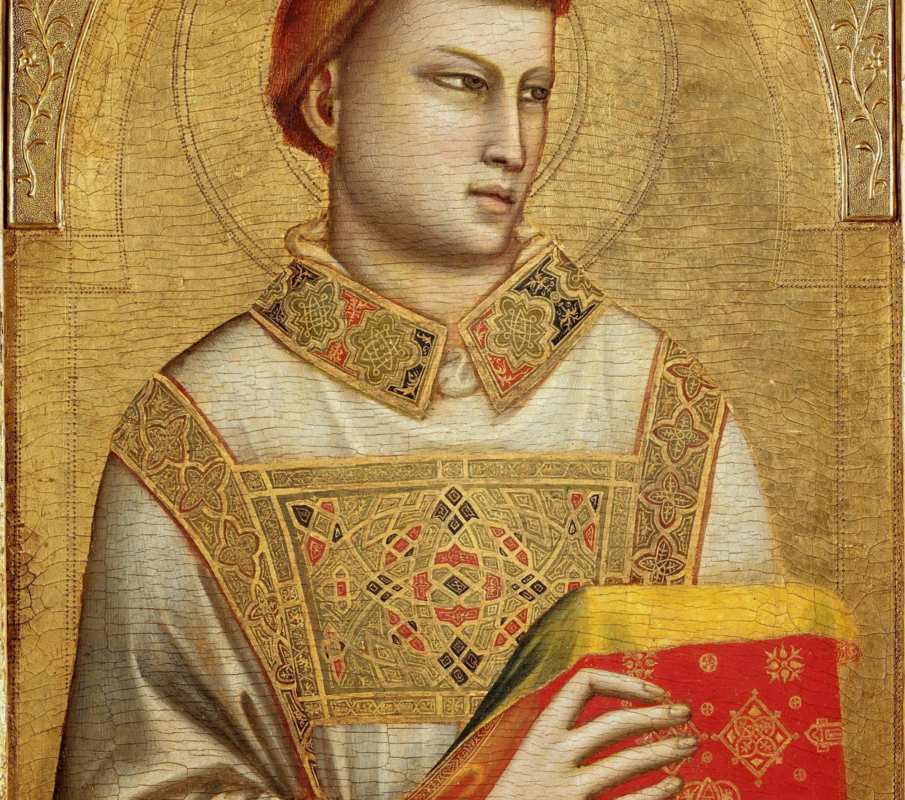
The Horne Museum in Florence is a house-museum in which extraordinary masterpieces of art, from Giotto to Giambologna, are presented together with rare accounts of ancient daily life, so as to restore the atmosphere and appearance of a Renaissance home.
The collection, collected by English scholar Herbert Percy Horne, is housed in the late 15th-century palace that belonged to the Corsi family.
The museum offers tours and creative workshops with LIS (Italian Sign Language) interpreters.


